Other

“Traceable microscopy could improve the reliability of quantum information technologies, biological imaging, and more. Devices that capture the brilliant light from millions of quantum dots, including chip-scale lasers and optical amplifiers, have made the transition from laboratory experiments to commercial …
News Shrinking Technology, Expanding Horizons: Compact Chips Advance Precision Timing for Communications, Navigation and Other Applications

“The National Institute of Standards and Technology (NIST) and its collaborators have delivered a small but mighty advancement in timing technology: compact chips that seamlessly convert light into microwaves. This chip could improve GPS, the quality of phone and internet …
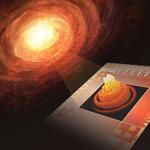
“Researchers at the National Institute of Standards and Technology (NIST) and their colleagues have built a superconducting camera containing 400,000 pixels — 400 times more than any other device of its type. Superconducting cameras allow scientists to capture very weak …

“A single-atom-thick sheet of carbon known as graphene has remarkable properties on its own, but things can get even more interesting when you stack up multiple sheets. When two or more overlying sheets of graphene are slightly misaligned — twisted at …
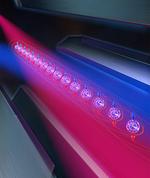
“Opening new possibilities for quantum sensors, atomic clocks and tests of fundamental physics, JILA researchers have developed new ways of “entangling” or interlinking the properties of large numbers of particles. In the process they have devised ways to measure large …

“Three new algorithms are expected to be ready for use in 2024. Others will follow. Last year, the National Institute of Standards and Technology (NIST) selected four algorithms designed to withstand attack by quantum computers. Now the agency has begun …
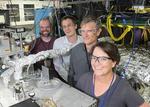
“Chip manufacturing, gravitational wave detectors and quantum computers could all benefit from better ways to measure a vacuum. A vacuum chamber is never perfectly empty. A small number of atoms or molecules always remain, and measuring the tiny pressures they …

“A bullet piercing the protective armor of a first responder, a jellyfish stinging a swimmer, micrometeorites striking a satellite: High-speed projectiles that puncture materials show up in many forms. Researchers constantly aim to identify new materials that can better resist …
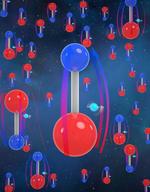
“In the first moments of our universe, countless numbers of protons, neutrons and electrons formed alongside their antimatter counterparts. As the universe expanded and cooled, almost all these matter and antimatter particles met and annihilated each other, leaving only photons …
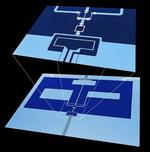
“The novel device could lead to more versatile quantum processors with clearer outputs. What good is a powerful computer if you can’t read its output? Or readily reprogram it to do different jobs? People who design quantum computers face …

